Drs. Swami and Ciuro discuss efforts to reduce disparities in the real-world application of mHSPC intensified therapy.
mHSPC/mCSPC
Advertisement
Dr. Attard explores how the study's results compare with prior data in the metastatic castration-resistant setting.
Adding niraparib to abiraterone and prednisone prolongs rPFS in patients with mCSPC harboring HRR gene alterations.
Drs. Ong and Roy detail a multinational real-world analysis of the IRONMAN registry on the significance of PSA>0.2.
Drs. Swami and Ciuro discuss adoption of treatment intensification, barriers to guideline-concordant care, and more in mHSPC.
The approval of darolutamide by the FDA expands treatment options available for patients diagnosed with mCSPC.
Drs. Privé and Tagawa discuss the BULLSEYE trial, an analysis of Lutetium-177-PSMA-617 in oligometastatic HSPC.
Five-year ARCHES follow-up evaluates the overall surival benefit of enzalutamide + ADT in patients with mHSPC.
Researchers suggest that darolutamide may delay deterioration of quality of life in patients with mHSPC.
Roundtable Discussions
The panel explores the the role of imaging, genomics, and patient factors in the management of mHSPC.
The panel goes in-depth on the use of testing and SBRT as metastasis-directed therapy in newly diagnosed prostate cancer.
The panel focuses on decision-making between AR antagonists and abiraterone, weighing factors such as reimbursement.
The panel zooms in on the use of radium, enzalutamide, and other therapeutic agents, touching on patient preference trials.
The panel highlights the limitations of conventional imaging in detecting disease progression at undetectable PSA levels.

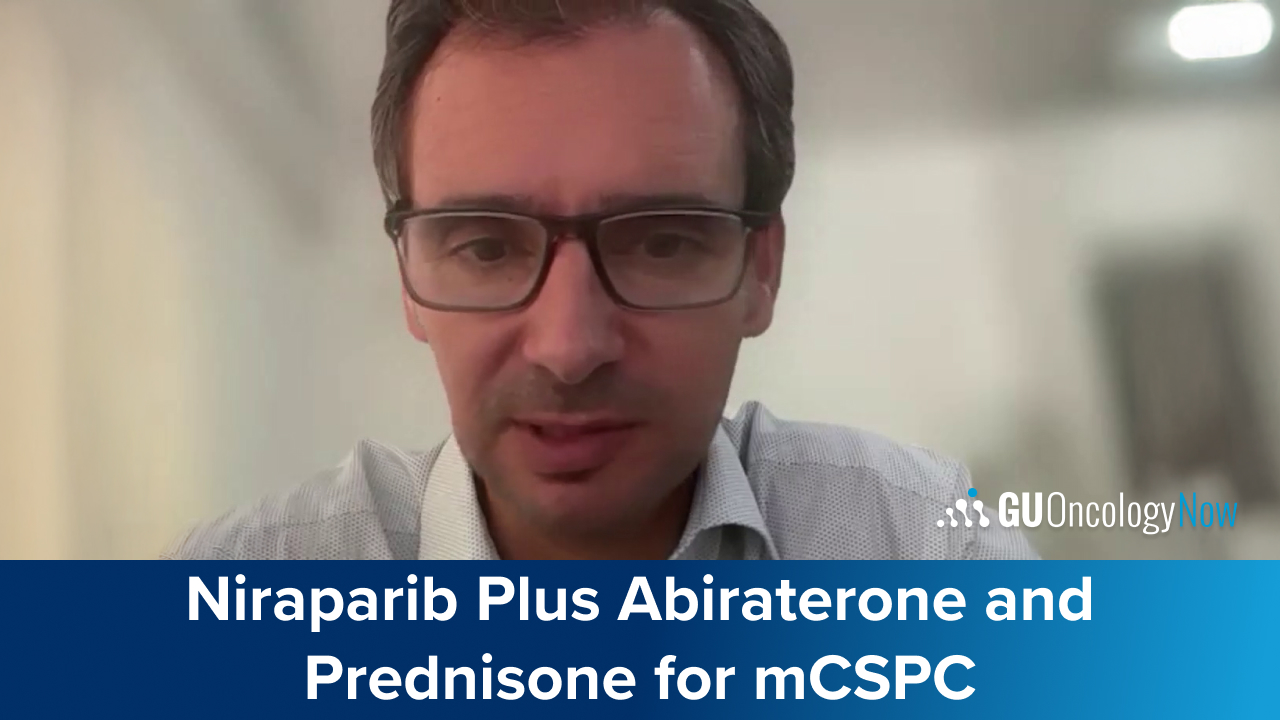

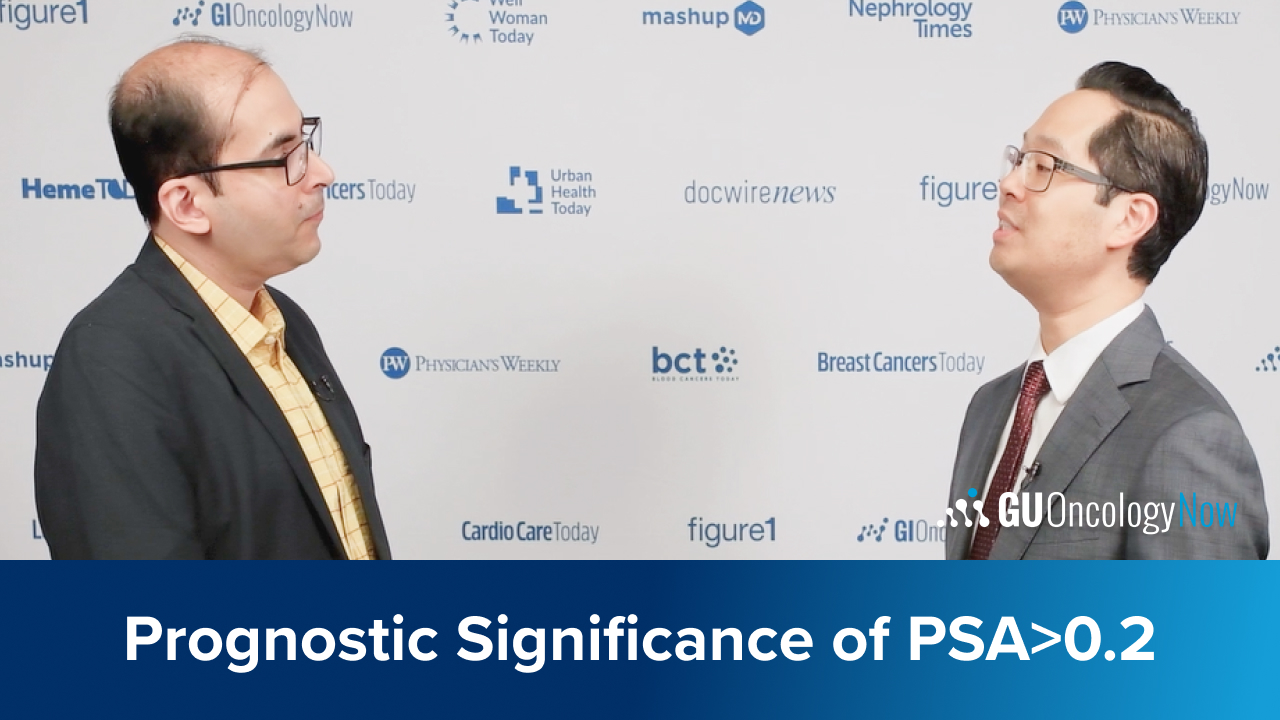


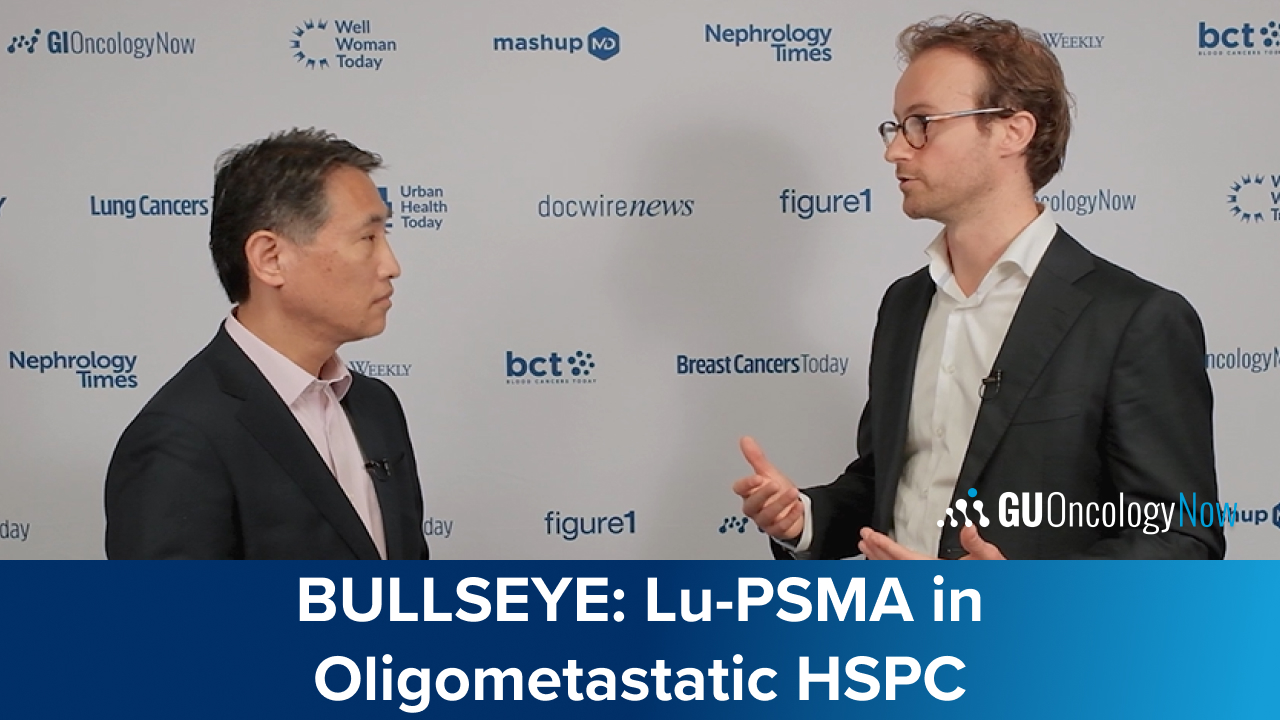
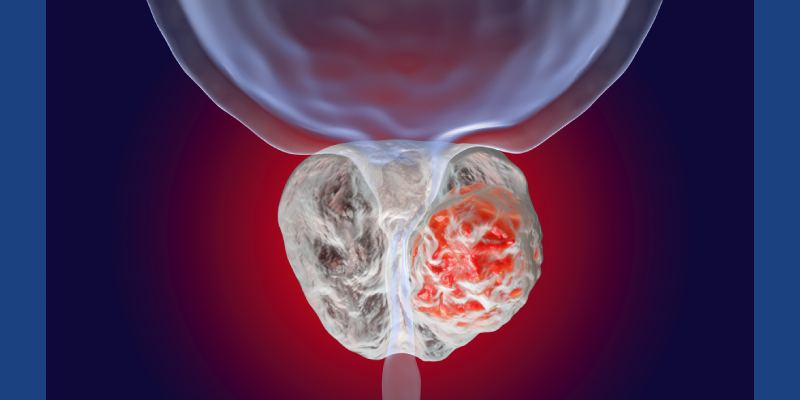


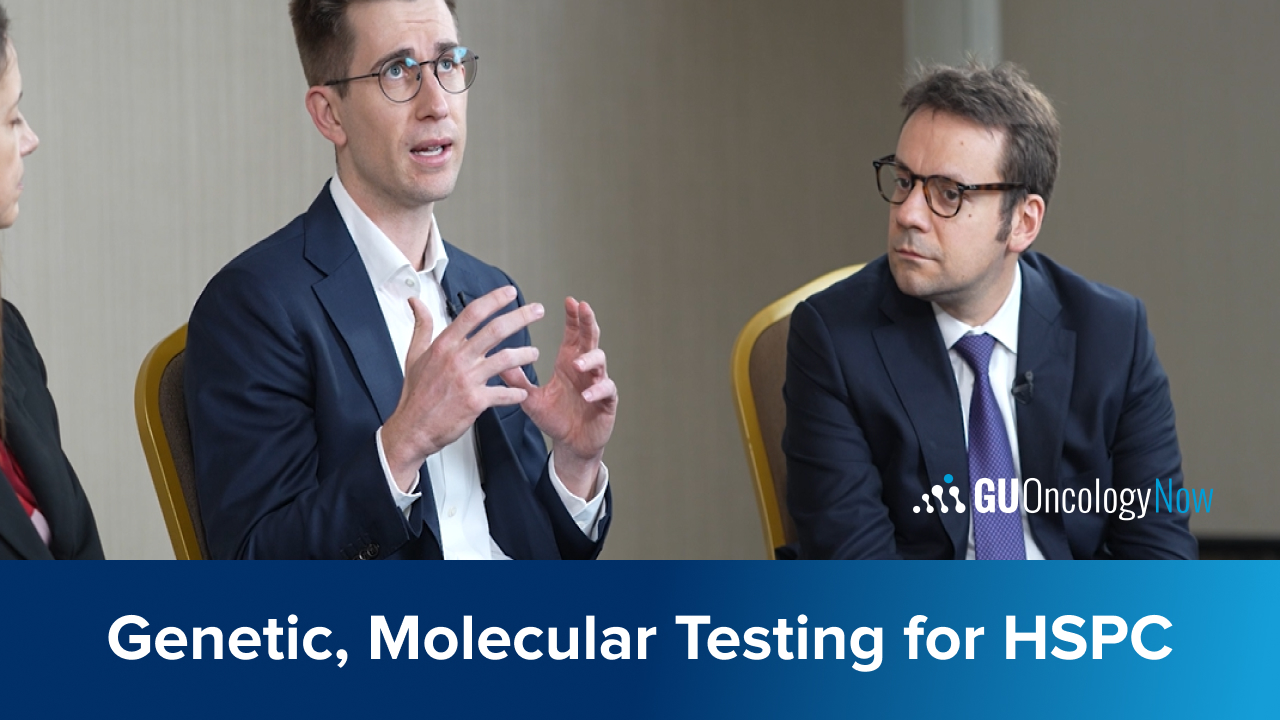


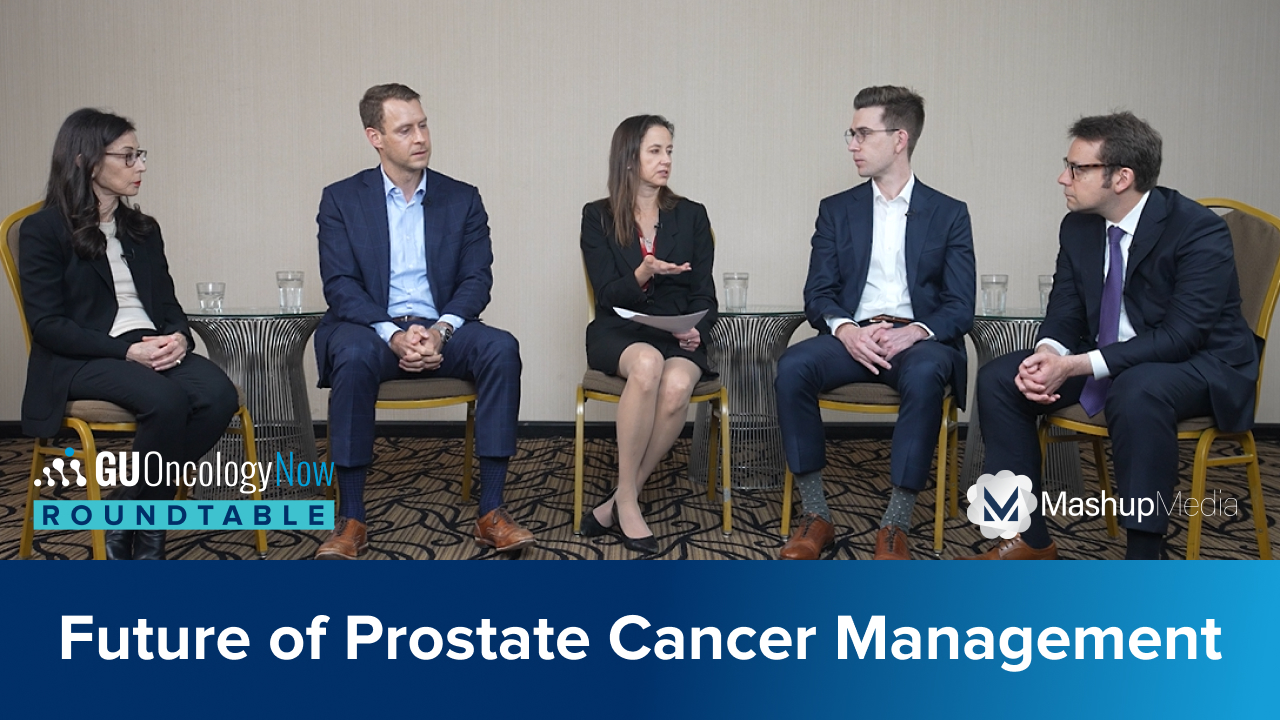

 © 2025 Mashup Media, LLC, a Formedics Property. All Rights Reserved.
© 2025 Mashup Media, LLC, a Formedics Property. All Rights Reserved.